In the era of innovation, converting spoken words into text serves many benefits. From journalism to investigation departments, audio transcription plays an important role in distinguishing among the speakers. However, its application is beyond this and caters to the hearing-impaired communities by easing multilingual communication. Known for its accuracy, Whisper AI is one of OpenAI’s notable speech processing tools. The following read explains the significance of this platform and how to use Whisper AI.
Part 1. What Is Whisper AI and Its Core Capabilities
Bridging the language gaps among many countries, Whisper AI is a productive transcription tool. It provides numerous trained models that are capable of many audio-related tasks. The models’ versatility comes from training on 680,000 hours of diverse, internet-sourced multilingual and multitask data. The following list features the core capabilities of Whisper AI that make it stand out from other AI libraries:
This platform enables users to transcribe voices in the same language for better accessibility.
You can translate your speech into more than 50 different languages and cater to your non-English-speaking audience.
It generates a transcript with timestamps to help you locate the desired transcript text.
Once you know how to use Whisper AI transcription, you can upload an audio file up to 25MB in size.
Part 2. How to Use Whisper AI Online
Whisper AI functions really well on the PC, but using it online has a lot more to offer. Using the Google Colaboratory method prevents you from installing the tool on your desktop, offering you smoother functionalities. To make it work, you will first have to download Colaboratory using the Google Workspace Marketplace. The following guide features the details on how to use Whisper AI online:
Step 1:After installing Colaboratory, open New on Google Drive and hover the mouse over More to select Colaboratory.

Step 2:Once inside your Colab notebook, click Runtime, choose Change Runtime Type, and select T4 GPU.

Step 3:Paste the GitHub code to install Whisper AI and click the Run Code button to enter the command.

Step 4:When the code has been run, click the Upload File button to drop the intended audio file in the left panel.

Step 5:Begin by clicking the Code option in the top toolbar and pasting your audio transcription code. After entering your audio file name as well, use the Run Code button to initiate the process of audio transcription. When the transcript has been generated, download the text file in your desired format.

Part 3. How to Use Whisper AI on Windows
Running Whisper on Windows allows you to transcribe audio files locally, keeping data secure and private. Unlike other AI libraries, this platform offers a free-of-cost solution to transcribe audio files. To work with this platform, you need to install Python on your device and perform the process through it. The following guide explains the details on how to use Whisper AI transcription on Windows:
Step 1:Once you have opened a new Python project, run the code to install Whisper AI on your system.

Step 2:Using the next interface, enter commands for importing the audio file and Whisper AI.

Step 3:Within a few moments, your left panel will indicate that the result has been finalized. As the results appear in the main command section, edit them if needed.

Part 4. How to Use Whisper AI on macOS
For a convenient transcription on your macOS using Whisper AI, you are not bound to install an external coding tool. The Terminal App serves enough, as once the audio is converted, you can save the file in SRT, VTT, JSON, or TSV format. To learn how to use Whisper AI on Mac, follow the guide below:
Step 1:First, open the Terminal app, install Homebrew, type the command to install Whisper AI, and hit “Enter.”

Step 2:As the AI library is installed, run the code for the audio that you need to transcribe, along with its original language. After setting the output folder of the file in the code, use the “Enter” key to start processing.

Step 3:Now, access the Automator app on the Mac and make a Quick Action for transcribing audio files using Whisper AI. After that, navigate to your desired audio file in Finder, right-click, and place your cursor over Quick Actions. When you click Transcribe with Whisper AI, the system will transform your audio into text.

Part 5. Best Alternative to Whisper AI You Should Try
After learning how to use Whisper AI, we can conclude that its functionality might be too fancy for a common man. If you are looking for an easy-to-use alternative, using the transcription features of BlipCut AI Video Translator is ideal. With its accurate Speaker Recognition powers, it can distinguish among multiple speakers in a video. After transcribing your audio and video files, this platform allows you to edit the text for precision.
To convert the audio of your video into text, you can upload a video file from your device or Dropbox. Moreover, videos from YouTube and other social media platforms can also be uploaded here via a link. For further details on how to use this tool for audio and video transcription, follow the steps below:
Step 1. Open the Audio-to-Text Interface from More Tools
To begin with, open the main interface of BlipCut AI Video Translator and access the More Tools tab to Upload File(s) in the Audio-to-Text page.

Step 2. Transcribe the Video to Access it on the Next Page
After the video thumbnail appears, enter the Source Language and the Target Subtitle Language to Generate a transcript.

Step 3. Save the SRT Transcript on Your Device
Upon receiving the transcript on the next page, edit it if needed and Export the transcript in SRT format.

Other Features of BlipCut AI Video Translator
-
Batch Transcription: To maximize your productivity, this platform offers a useful batch transcription feature. Besides, you can also enter multiple translation languages and execute a multilingual translation for foreign viewers.
-
Subtitle Generator: Using the subtitle generator, users can create editable captions for videos. These captions are customizable through the built-in subtitle templates and font editing options.
-
AI Transcription: This utility allows you to transform your videos into editable text, which can be changed for accuracy. Once the text has been generated, you can download the transcript in SRT, VTT, and TXT formats.
-
Text-to-Speech: In addition to generating text from speech, this tool works the other way around as well. Using the collection of extensive AI voices, you can generate ultra-realistic AI voiceovers.
Part 6. FAQs on How to Whisper AI
Q1. How many languages does Whisper AI support?
A1: After exploring the Whisper AI’s how to use guide, we learned that it supports more than 140 languages for transcription, some of which are mentioned: English,Macedonian, Urdu, Italian, Spanish.
Q2. When was Whisper AI released?
A2: With advanced speech recognition capabilities, Whisper AI was released on September 21st, 2022.
Q3. Can you create transcripts from Whisper AI?
A3: Users can positively create transcripts in multiple languages using Whisper AI. The generated transcript files can be downloaded in many formats, like SRT, VTT, JSON, and more.
Q4. Is Whisper transcription free?
A4: Unlike many other models of OpenAI, this one is free across all platforms. Whether you are using it on Google, Mac, or Windows, this library offers you free functionality.
Q5. Does ChatGPT use Whisper?
A5: When users enter a voice input into ChatGPT, it uses Whisper to transcribe and understand the prompt. Besides, all the text-to-speech processes on this platform are carried out by this speech recognition model.
Conclusion
Conclusively, this article mentioned 3 effective methods on how to use Whisper AI across Mac, Windows, and Colaboratory. Despite effective transcription results, this platform has limited language support and offers functionality to advanced users only. As a worthy alternative, BlipCut AI Video Translator offers an easy-to-use interface and supports more than 140 languages.
Leave a Comment
Create your review for BlipCut articles
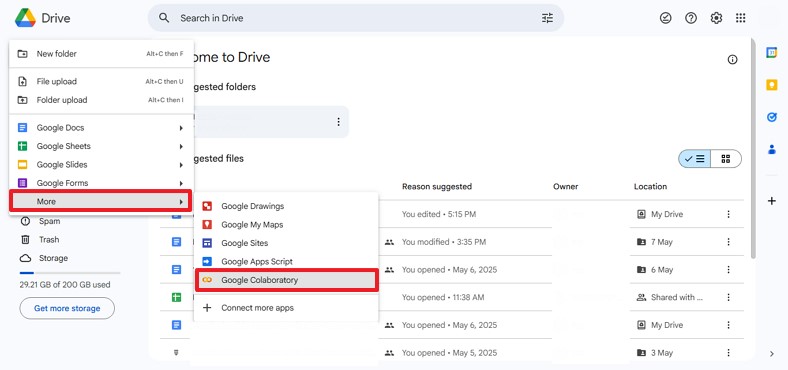
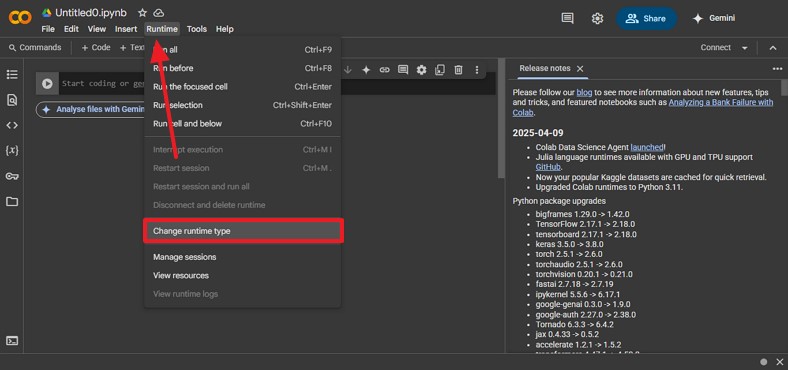
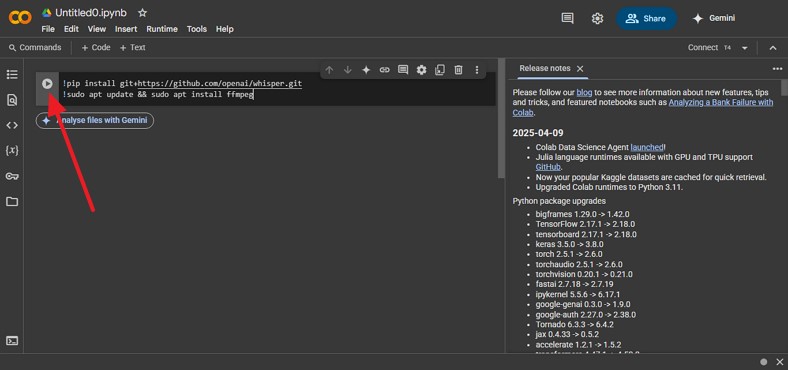
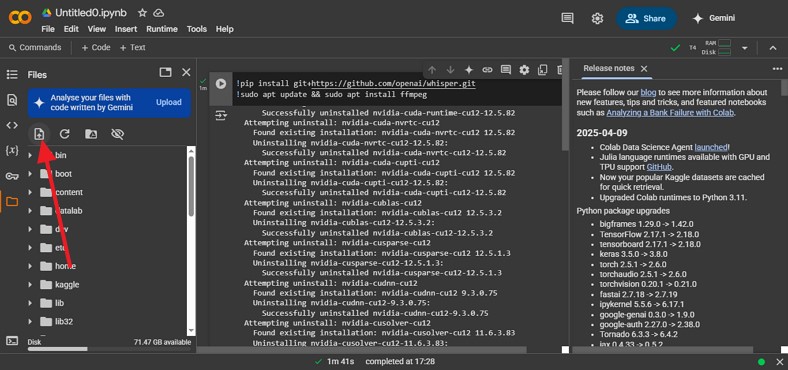

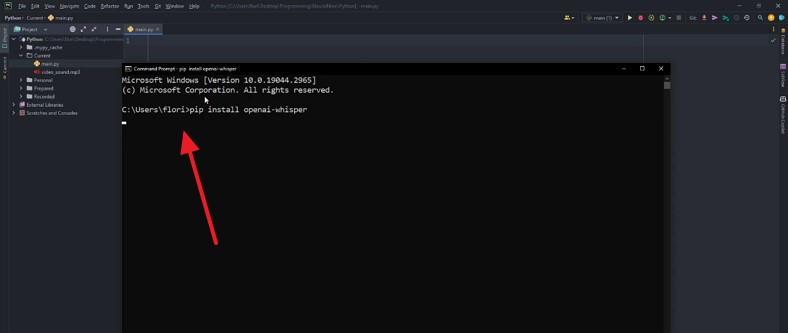
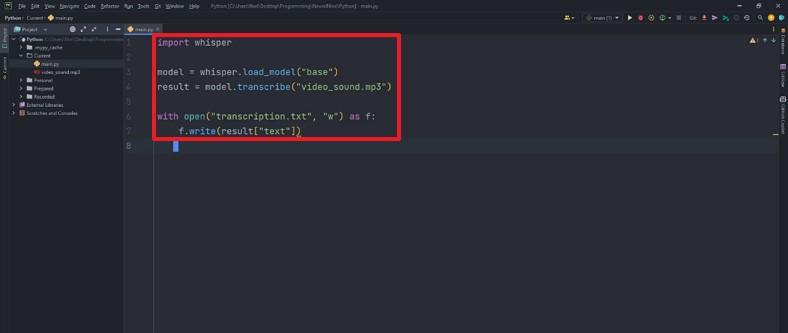
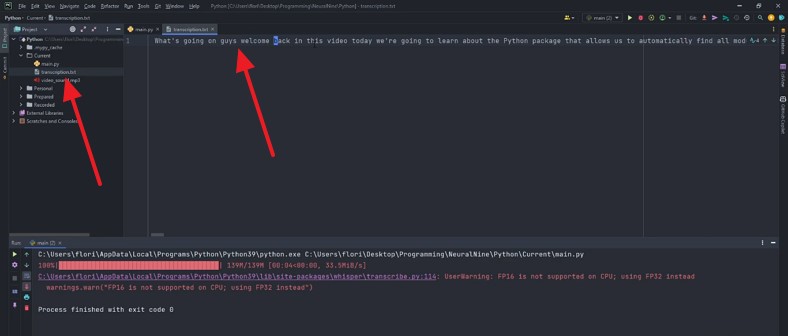
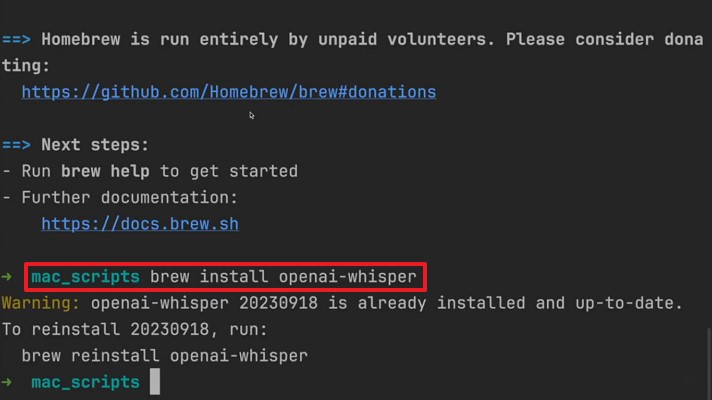
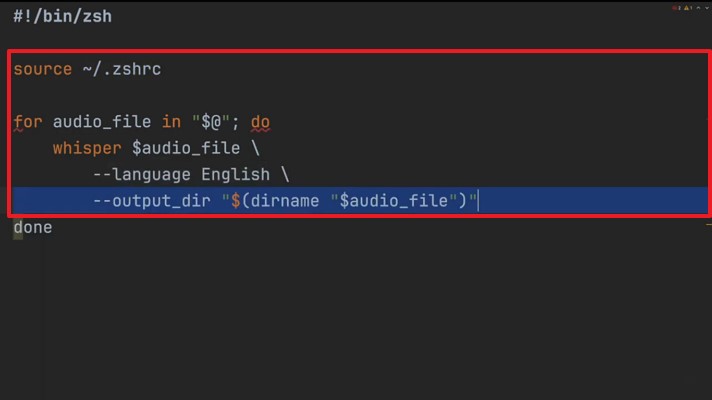
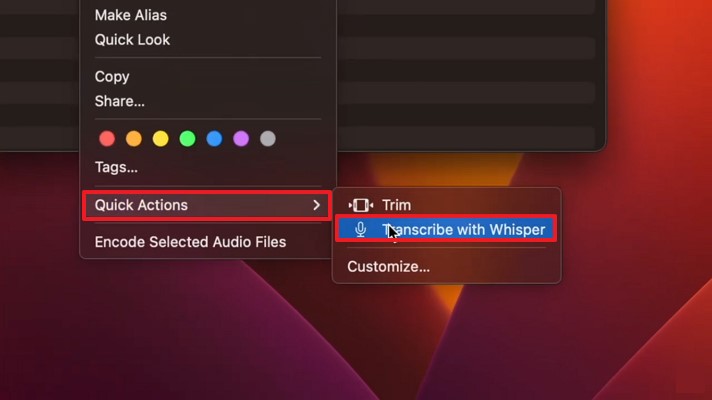



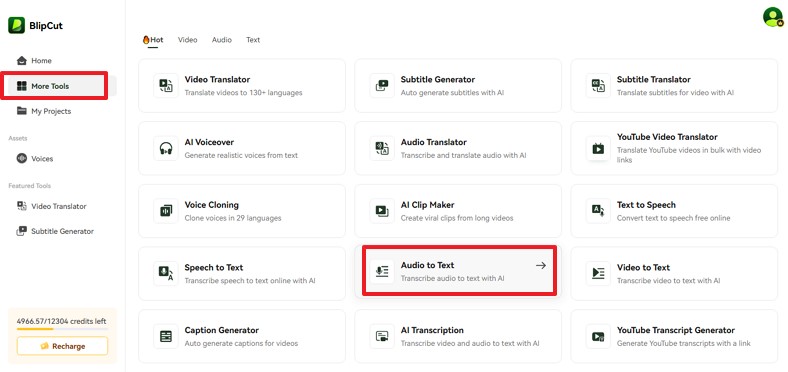
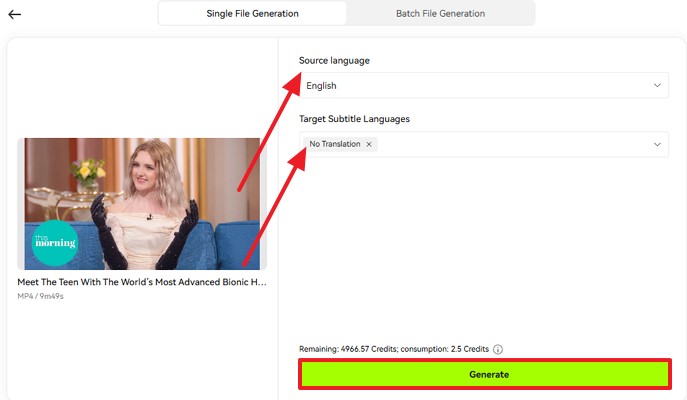
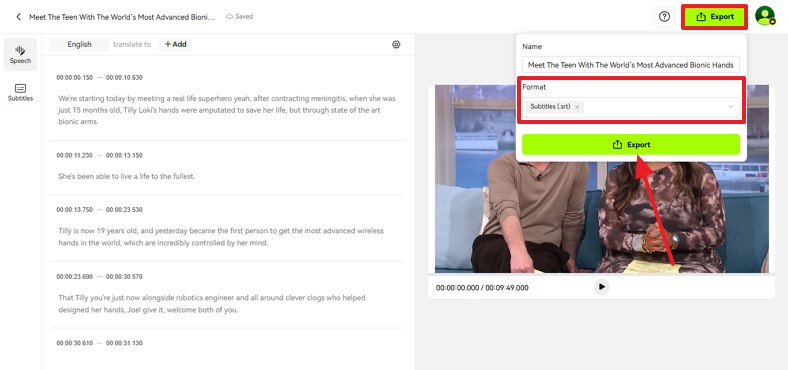

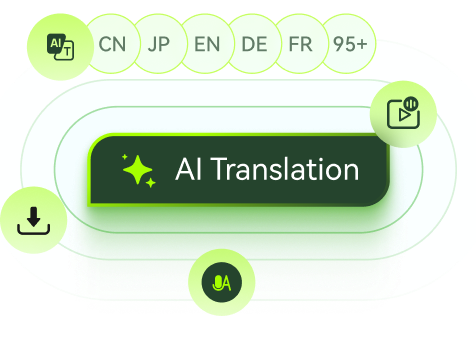
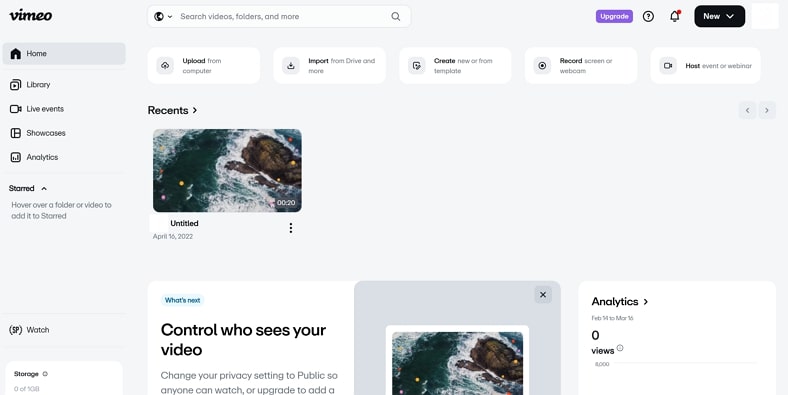


Blake Keeley
Editor-in-Chief at BlipCut with over three years of experience, focused on new trends and AI features to keep content fresh and engaging.
(Click to rate this post)